10 Things We Learned From WWE Survivor Series 1993
The seeds for Owen Hart's turn on brother Bret are sewn...

Oct 29, 2018
Welcome to WWE in 1993, where the roster seemingly morphs into a different form about every five minutes or so. The Thanksgiving Eve spectacular boasted four official elimination matches (three more than the previous year's just-a-show version of Survivor Series), and each of them would differ from their original booking. In other words, each of those four bouts would see changes among the originally scheduled. Some were changes made for storyline purposes, while others went beyond WWE's control.
As for Survivor Series 1993 itself, the show was certainly a mixed bag. A couple of the Survivors matches were pretty solid (the opener was one of the better ones in the event's history), and a mid-show tag team bout was very good, even if the Boston crowd didn't give a hearty clam chowder s**t about it. The other two matches were less auspicious, with one earning near-universal jeers.
But it was an eventful night in terms of advancing storylines. The ball began rolling on the heel turn of Owen Hart, while issues between Undertaker and Yokozuna, Randy Savage and Crush, and Razor Ramon and IRS moved forward, setting up pay-per-view bouts for early in 1994. It may not have been the greatest Survivor Series, but it was at least a productive one.
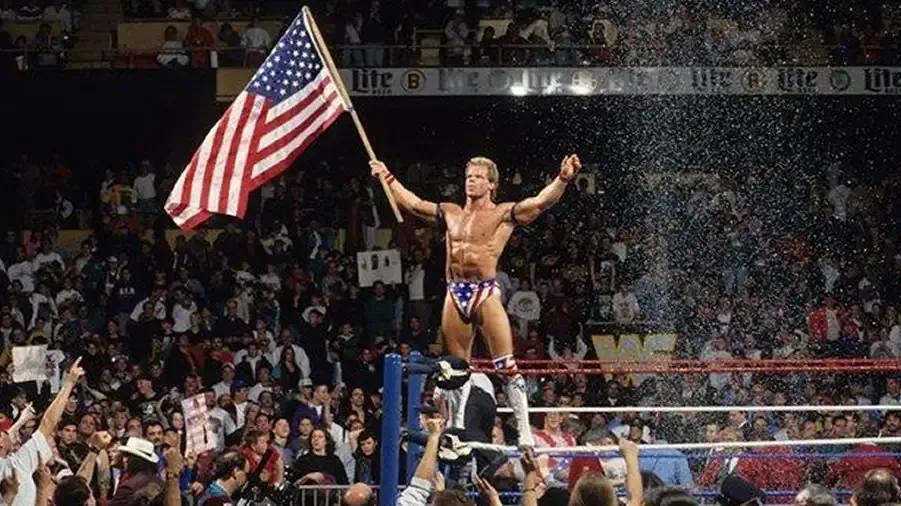
The 1993 Survivor Series emanated from the historic Boston Garden, home of many WWE events throughout the years. In fact, for a four year period between 1985 and 1989, WWE would broadcast monthly events from the building on the New England Sports Network (NESN), similar to their monthly televised events at Madison Square Garden on the MSG Network. To say that the building was a big part of WWE's growth would be an understatement.
That's why it's a bit surprising that the 1993 Survivor Series was the only WWE PPV to take place inside the venue. Boston Garden would close in the fall of 1995, four months after WWE ran the building for the final time. WWE's last event there, held the night before the inaugural In Your House in May 1995, was called "A Night to Remember", and featured a host of legendary figures as guests, including Gorilla Monsoon, Killer Kowalski, among others.
The 1993 Survivor Series is bittersweet, in that it marked the final pay-per-view appearance of Bobby "The Brain" Heenan as a full-time WWE performer. Heenan's nine-year run with the company came to an end after taping a couple more episodes of Raw following Survivor Series, but he made sure to leave us all laughing. Heenan's commentary during the Hart Family/Knights match is our beloved Weasel at his funniest.
The reason Heenan gave for leaving the company was him growing tired of the constant travel, as his neck had been bothering him for years, and he wanted to take it easy. The Wrestling Observer Newsletter reported that Vince wanted all broadcasters to move to Connecticut as a cost-saving measure, something that Heenan (who lived in sunnier, warmer Florida) had no interest in doing.
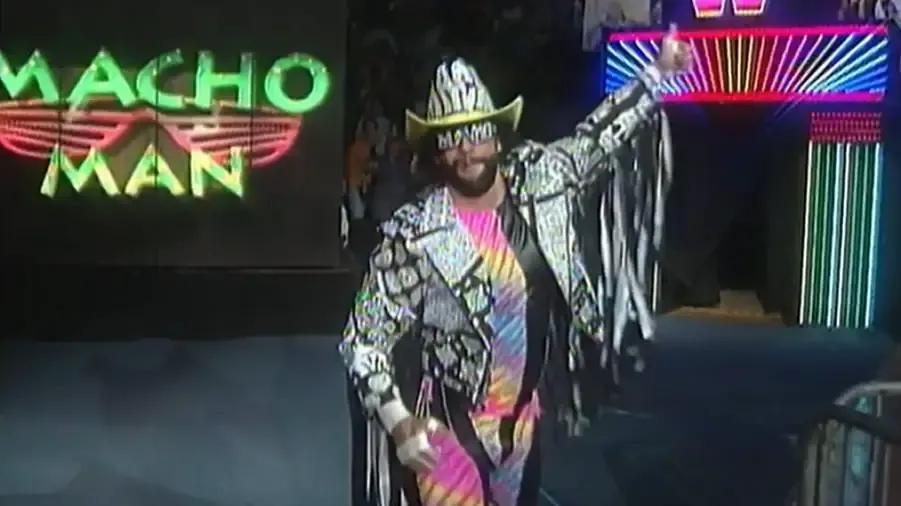
There aren't many replacement wrestlers more prestigious than "Macho Man" Randy Savage, who was called off the bench to take part in the opening match. Savage replaced Mr. Perfect on Razor Ramon's team, which would eke out a win over a quartet captained by Irwin R. Schyster, in perhaps the best match of the five-match card.
Mentions of Mr. Perfect had been dropped from WWE TV (sans for Razor bemusedly noting before the Survivor Series opener that Perfect had deserted the team). Curt Hennig had stopped appearing on WWE shows in late-October 1993, with reported family issues as reason that some sources have given. The Wrestling Observer would note, however, that Perfect was upset about being passed over for another run with the Intercontinental Championship. Regardless, Hennig would not reappear on WWE programming until WrestleMania X, four months later.

One of the more anticipated matches of the 1993 Survivor Series was Bret Hart captaining three of his brothers in a battle with hated nemesis Jerry Lawler, and three masked "Knights" that were hand-selected by him. This would be the big blow-off to months of Lawler warring with the entire Hart family, but it was not to be. Shawn Michaels would make a sudden return from a lengthy spat with the company to fill Lawler's spot.
Lawler's issue was pretty serious. The King had been accused of statutory rape, sodomy, and harassing a witness, stemming from an alleged altercation with a teenage girl in Louisville, KY the previous June. Lawler quietly (and quickly) disappeared from WWE programming, though the charges would later be dropped in February 1994, after the girl admitted to fabricating the story. Lawler, like Mr. Perfect, would make his WWE return at WrestleMania X.
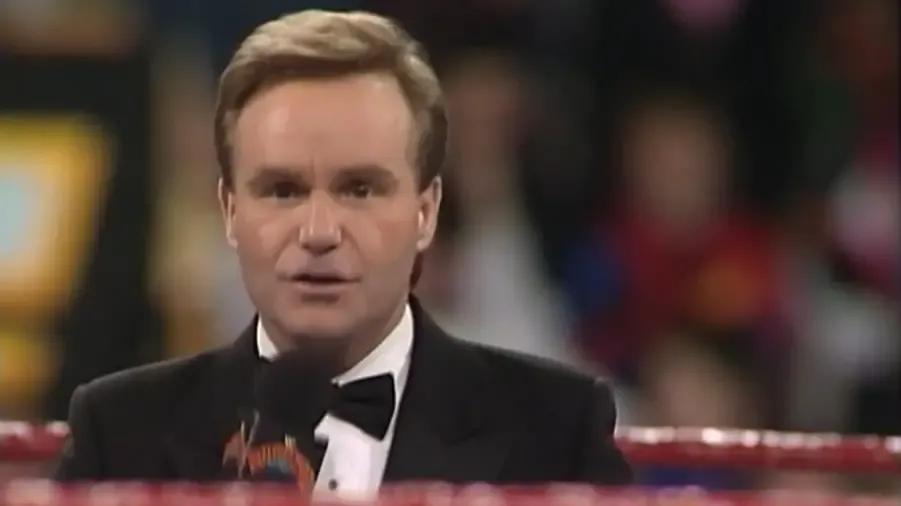
Watching the show today, you'll notice that after the excellent opening match draws to a close, there seems to be a major dip in crowd response for much of the remainder of the night. As hot as the fans were for the action in the match pitting Razor's team against IRS' team, the reactions grow more tepid. And as it turns out, there could be multiple blame-worthy culprits.
Dave Meltzer noted that there were apparent issues with the Boston Garden's sound system, causing the monologue of game show host Ray Combs prior to the Harts/Knights match (he knows all about 'Family Feuds', geddit?) to be largely inaudible. The fact that Combs went on for so long is cited as causing fans in the Garden to tune out. Add in Shawn replacing Lawler with no storyline connection or explanation (as well as the following match, which was decidedly a non-WWE affair), and it was something of a rough stretch.
The three knights that teamed with Michaels were pretty much that - three marauders in black masks and different-coloured Medieval Times attire, simply there to provide a little clumsy fodder before being beaten by the Harts. The Blue Knight was WWE legend Greg "The Hammer" Valentine, while The Black Knight was journeyman wrestler Jeff Gaylord.
The Red Knight ended up being played by Barry Horowitz, but originally the role was meant for Terry Funk. Funk agreed to do the match, and would've taken a front office position after the pay-per-view, as Pat Patterson was looking to delegate his hefty workload. Funk ended up bailing on the booking, and job, before the actual pay-per-view, when he realized that he had no interest in moving to the New York area.
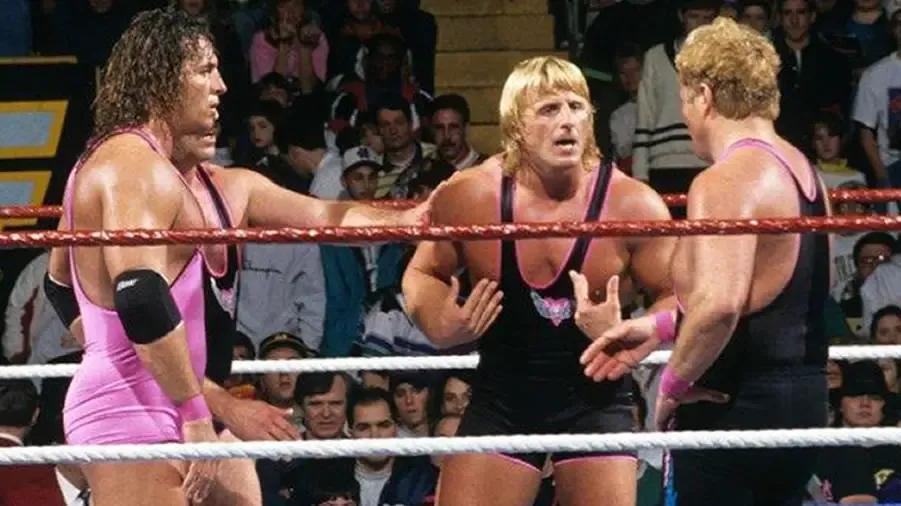
While the Harts/Knights match wasn't anything special (save for Heenan's hilarious one-liners), it did crack a window into the forthcoming Owen Hart heel turn, as a miscue caused the youngest Hart brother to be the only one eliminated from his team. Owen's storyline jealously of Bret's vast success began to manifest itself, and a huge angle began to take shape.
The angle was initially pitched as a way to get Bret to re-sign with the company in October 1993. In fact, when Vince and Pat Patterson first broached Bret with the story idea, Vince suggested 43-year-old Bruce for the role of the envious brother. Bret instead took up for Owen, arguing that he deserved a break. According to Bret, Patterson argued that Owen couldn't handle that kind of push, but Vince deferred to Bret's suggestion and went with Owen.
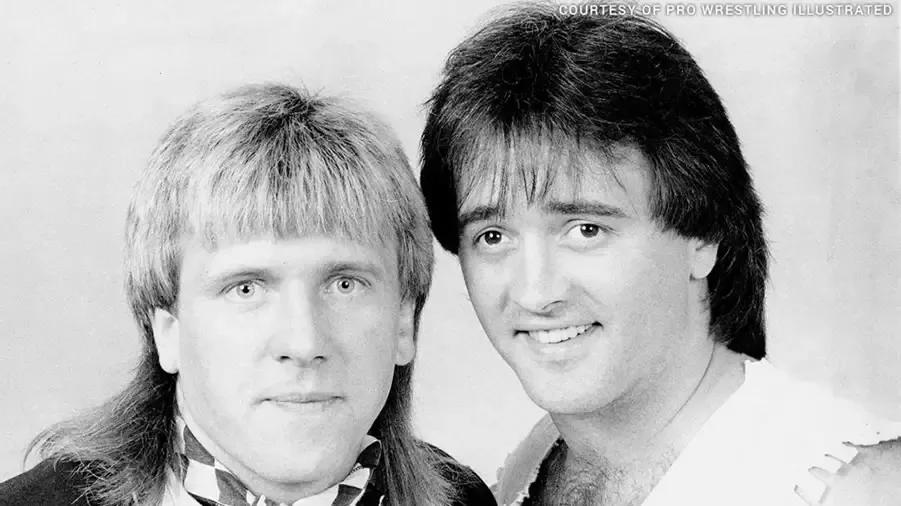
The mid-show match at Survivor Series 1993 was a treat for anyone who loved southern-style tag team rasslin'. Smoky Mountain Wrestling Tag Team Champions The Rock n Roll Express defended their belts against The Heavenly Bodies in an excellent bout, save for the fact that the fans in Boston had no interest in seeing it. Even Bodies manager/SMW owner Jim Cornette knew it wasn't going to play up in the northeast.
Interestingly enough, SMW had similar representation at WCW Superbrawl just nine months earlier. It was at *that* show in SMW-friendly Asheville, NC that the titleholding Bodies (in their original incarnation with Stan Lane instead of Jimmy Del Rey) faced the Express in a non-title match. This marks likely the only time that two major national promotions would feature the reigning tag team champions of a well-known indy promotion on different PPVs in the same calendar year - with three of the four participants in both matches being the same people.

One of the most heavily-pushed WWE acquisitions of 1993 was Ludvig Borga, the real-life Tony Halme. Borga felt like Finland's answer to Brock Lesnar, in terms of a similar hairstyle, similar brute force, a background in legit fighting, albeit not as alarmingly-muscular. Borga was permitted to end the super-long undefeated streak of Tatanka that fall, as the company had plans to push the Helsinki Hellraiser as the next great foreign menace.
Borga would be a focal part of the "Foreign Fanatics" team that opposed Lex Luger's "All-Americans" troupe, and would actually be the last man that Luger eliminated. Strangely, it also marked Borga's second and final WWE pay-per-view appearance. Borga would injure his ankle shortly before the 1994 Royal Rumble, and then disappeared from the company altogether before WrestleMania. In all, Borga was a fixture on WWE programming for barely six months.

WWE continued its free fall from the glory days of Hulkamania, Macho Madness, and Rock 'n Wrestling glory. The assorted scandals plaguing the company, as well as the absence of a star as mighty as Hulk in his heyday only caused numbers to slip and slide further into deeper depths. The 1993 Survivor Series would serve as proof of the phrase, "Just when you think you've hit rock bottom, somebody throws you a shovel."
The event did a measly 180,000 buys, only the second Big Four pay-per-view to fall below the 200,000 threshold (ahead of only the 1989 Royal Rumble and its 165,000 buys). The first five Survivor Series' between 1987-91 all did 300,000 or greater, and 1992 falling to 250,000 raised eyebrows. Turns out, it could be much, much worse.